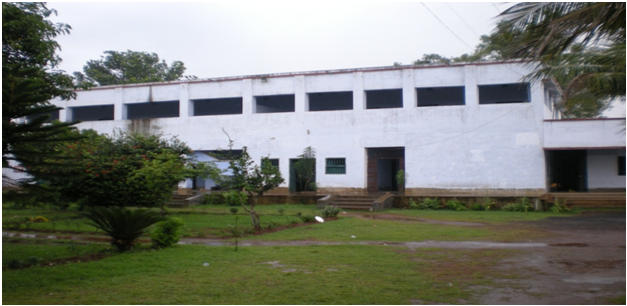 |
 |

Pakur District is an administrative district of Jharkhand and its headquarters are at Pakur Town. Its black stone (basalt) chips have got Asiatic fame in constructional qualities. Pakur District is situated in the north eastern region of Jharkhand. It is located at 23 degrees 40 minutes to 25 degree 18 minutes latitude and 86 degree 25 minutes to 87 degree 57 minutes east longitude. Pakur District is bounded by Sahibganj district in north, Dumka District in south, Godda district in west and by Murshidabad district in east. This district occupies an area of 696.21 sq km.
Pakur got elevated from sub-divisional status to a district on 28th January 1994 under the notification of state government of Bihar. Originally it was a sub-division of Santhal Pargana District since 1868. When Santhal Pargana was divided into four districts namely Dumka, Deoghar, Godda and Sahibganj, Pakur was tagged with Sahibganj. It remained a sub-division of Sahibganj District till it was upgraded as district in 1994.
Pakur District is predominantly a hilly district with certain pockets of plain land.
The total population of Pakur District is 700032 according to 2001 Census. Male population accounts for around 357456 and female population is around 342576. Pakur District is mainly inhabited by Santhal Tribe and Sauria Paharia Tribe. Literacy rate of the district is quite low. Male literacy rate is comparatively high. People are mainly engaged in agriculture. The district consist of one sub-division namely Pakur. There are six development blocks in the district namely Pakur, Hiranpur, Littipara, Amrapara, Maheshpur and Pakuria. Economy of Pakur District includes a large number of stone mines and crushers. Approximately 500 mines and 800 crushers are in operation with the support of huge labour force. Pakur District presents a picture of mixed heterogeneous society consisting of different religious beliefs, languages, cultures and traditions, Dominated by Tribals and Minorities.
Pakur is one of the most educationally backward districts of India.